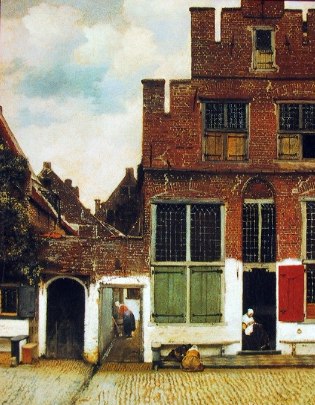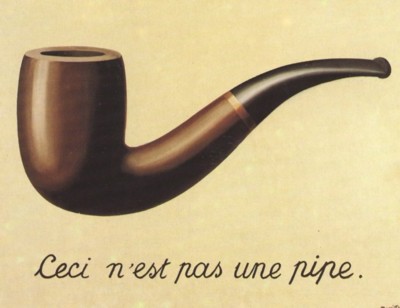Arti was in NYC for a week in September.
It was Friday afternoon free admission time when hundreds lined up several city blocks to get into MoMA, Museum of Modern Art. Once in there, it was like inside the Tower of Babel (not that Arti had been there), but just imagine the whole world had converged in this space, all kinds of languages were heard.
After visiting MoMA, some questions came to mind. Here are the Q & A’s. (Photos were allowed. The following were all taken using the iPhone 6)
When is a window not a window?
When it’s encased in plexiglass, with the name Marcel Duchamp placed beside it, declaring it to be an objet d’art. Dada-di, Dada-dum…

Or, when is a spider an objet d’admiration, something larger than life?
When it evokes a Kafkaesque vision:
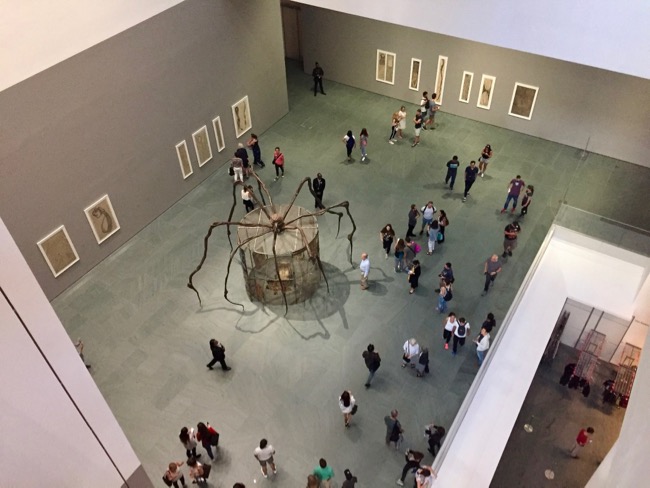

And why is the arachnid a double-edged sword?
Well, the artist Louise Bourgeois (1911-2010) saw it as a friend when it captured bothersome mosquitoes in her Connecticut country home. As well, Bourgeois also saw it as a symbol of her mother. Wait, not in looks or nature, but in the work that they do. Her mother was a tapestry restorer. Bourgeois saw sewing and spinning web to be a similar form of action.
How do you take a good photo when there are crowds everywhere? A bit similar as how to get to Carnegie Hall, patience, patience, patience. The following are the before and after effects at Monet’s Lily Ponds:

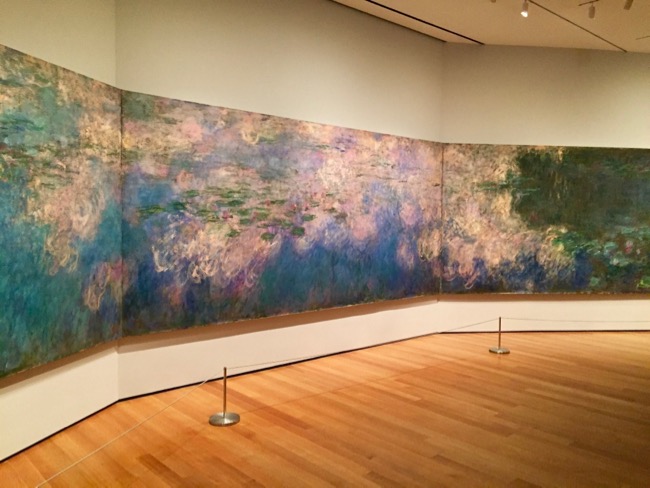
What’s the major excitement of the whole experience? The ecstasy of seeing some famous artworks unexpectedly, ones that Arti had never thought she’d see in real life.
Christina’s World (1948) by Andrew Wyeth (1917-2009). And what is the blue patch in the middle? Arti’s watermark.

The only Edward Hopper (1882-1967) at MoMA, Gas (1940). As an avid bird watcher, Arti of course would have loved to see Nighthawks but Gas would do, for the serendipity.

And glad to see Paul Cézanne’s (1839-1906) healthy diet:
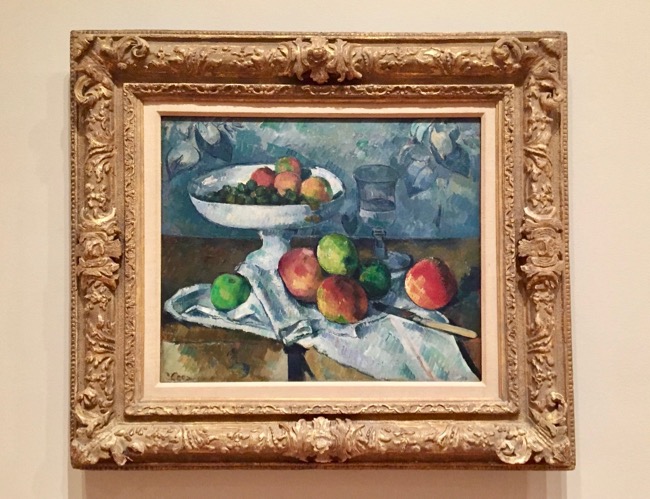
Ta-da! This is probably one of the most compelling reasons for many to visit MoMA, van Gogh’s The Starry Night (1889):

Which was the most memorable for Arti?

One: Number 31, 1950 (1950) by Jackson Pollock (1912-1956)
Never thought it was so big, 8′ 10″ x 17′ 5 5/8″ (269.5 x 530.8 cm). No easy dripping.
***
A few related posts on Ripple Effects:
Arles: In the Steps of van Gogh



